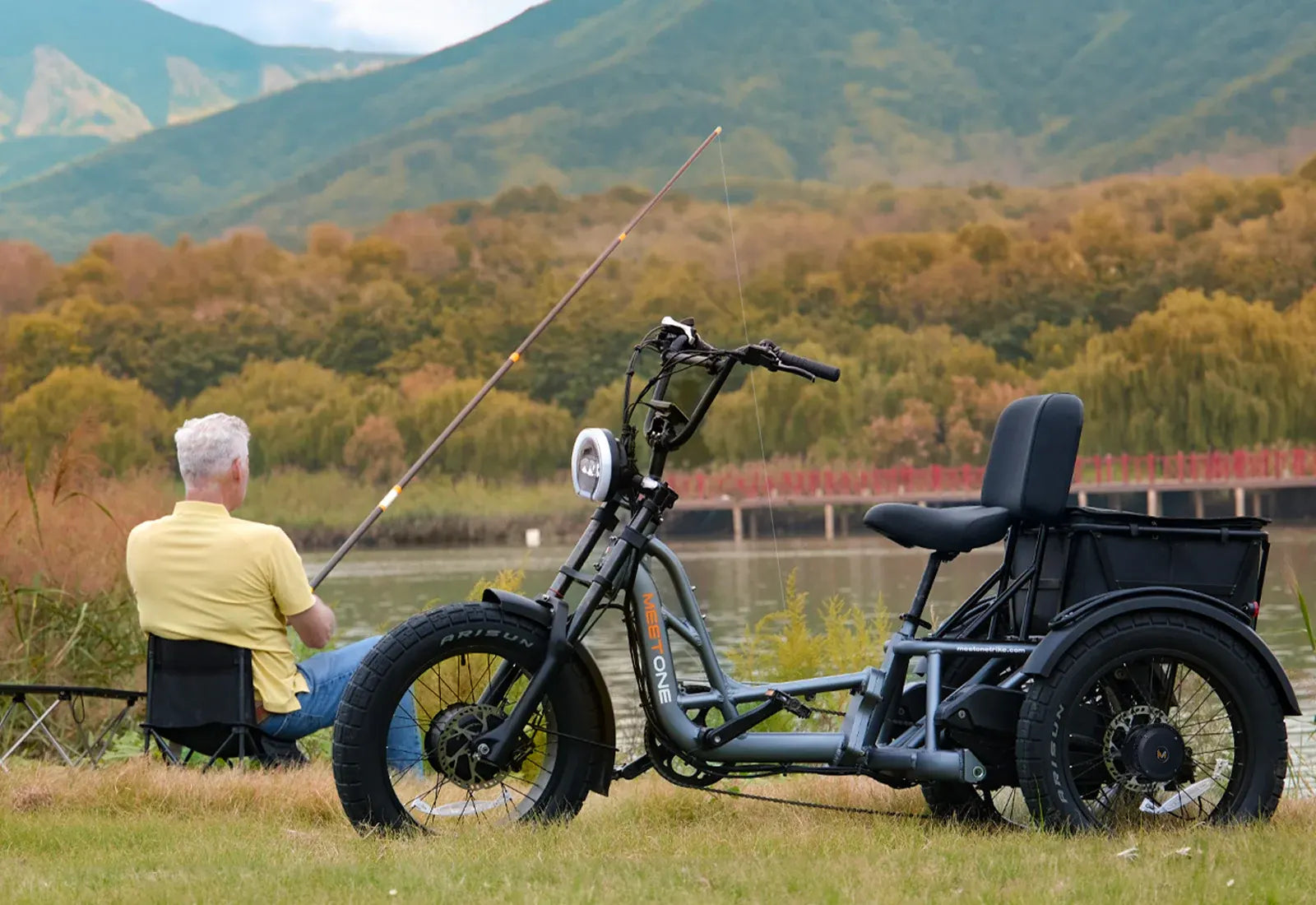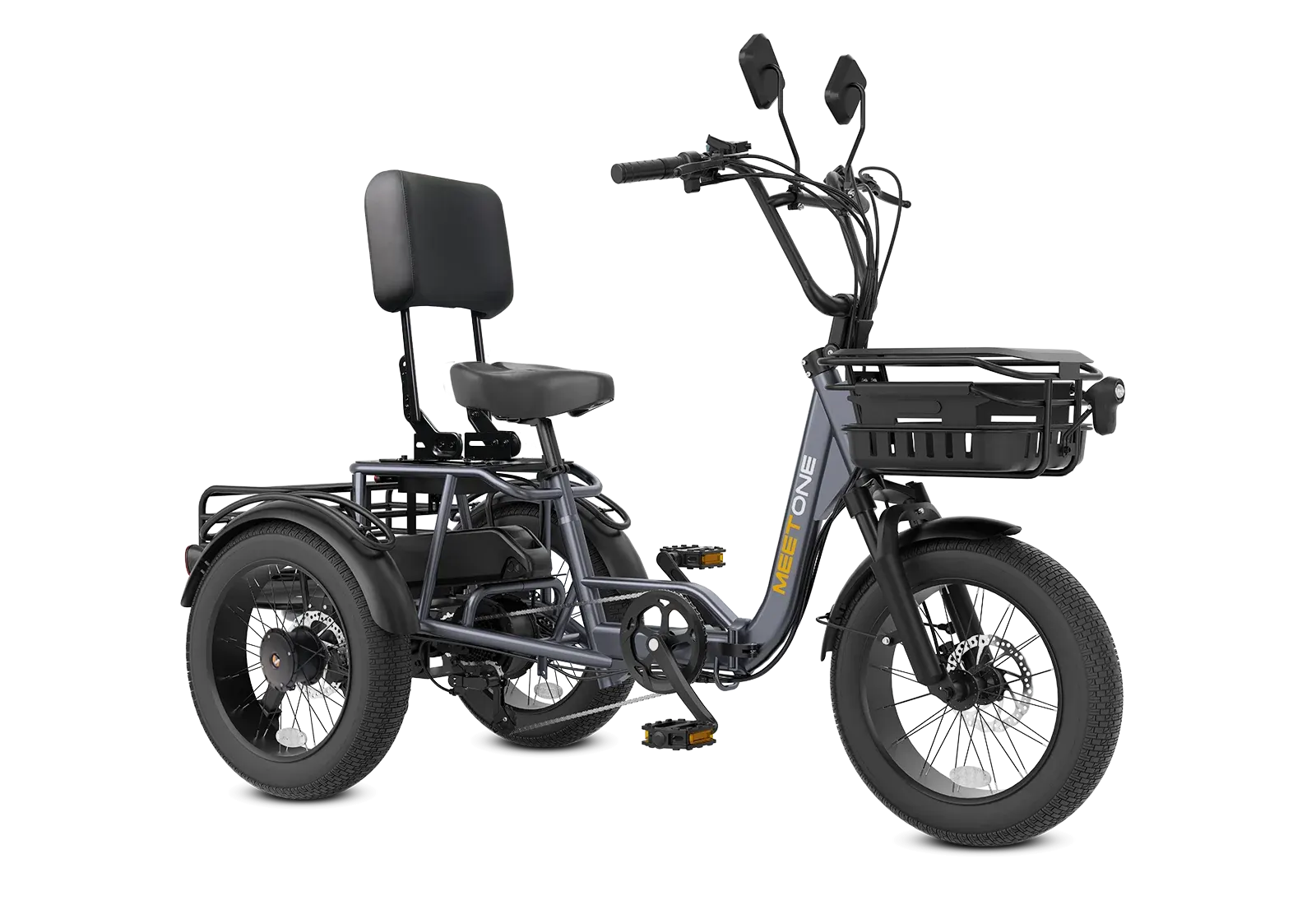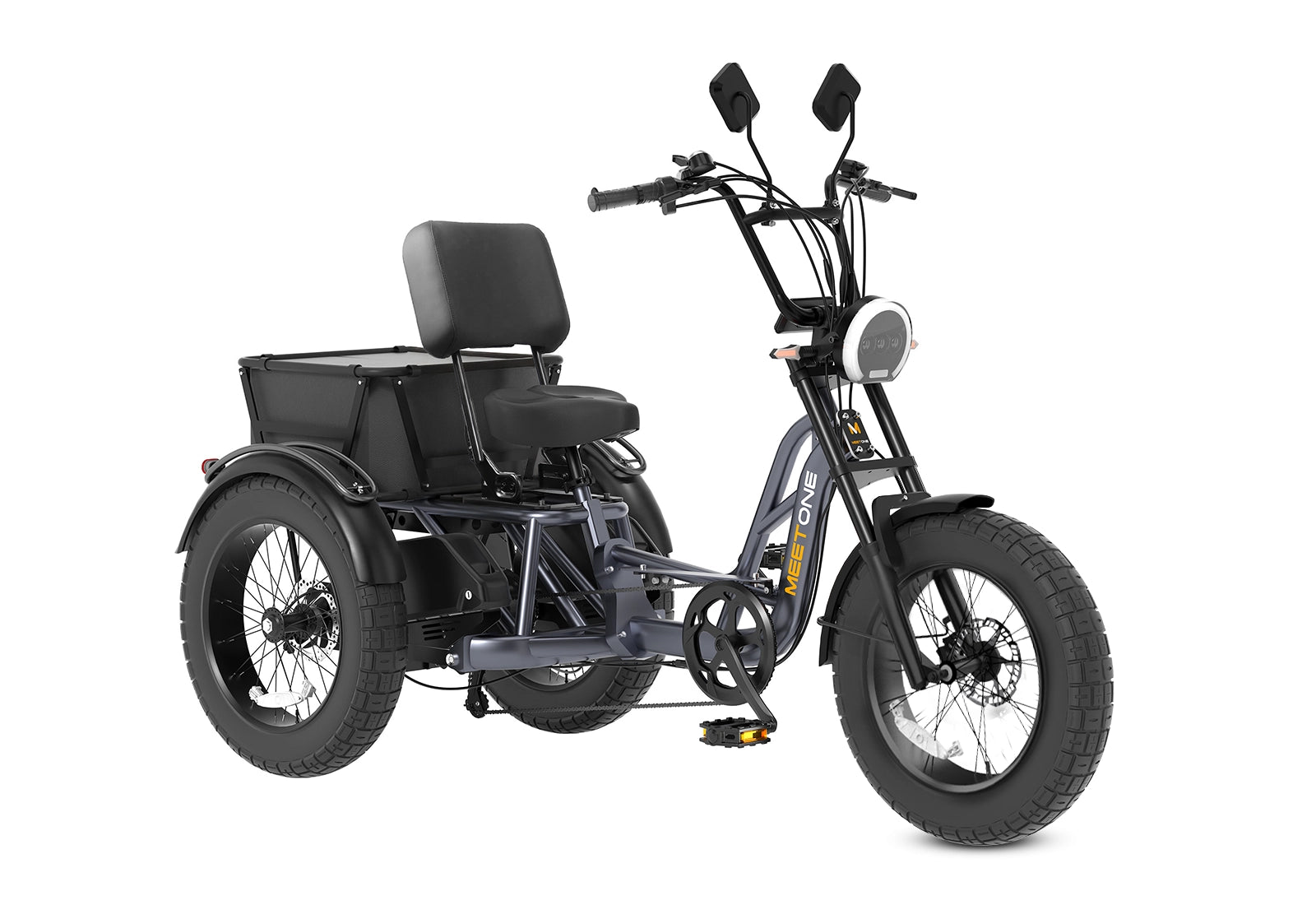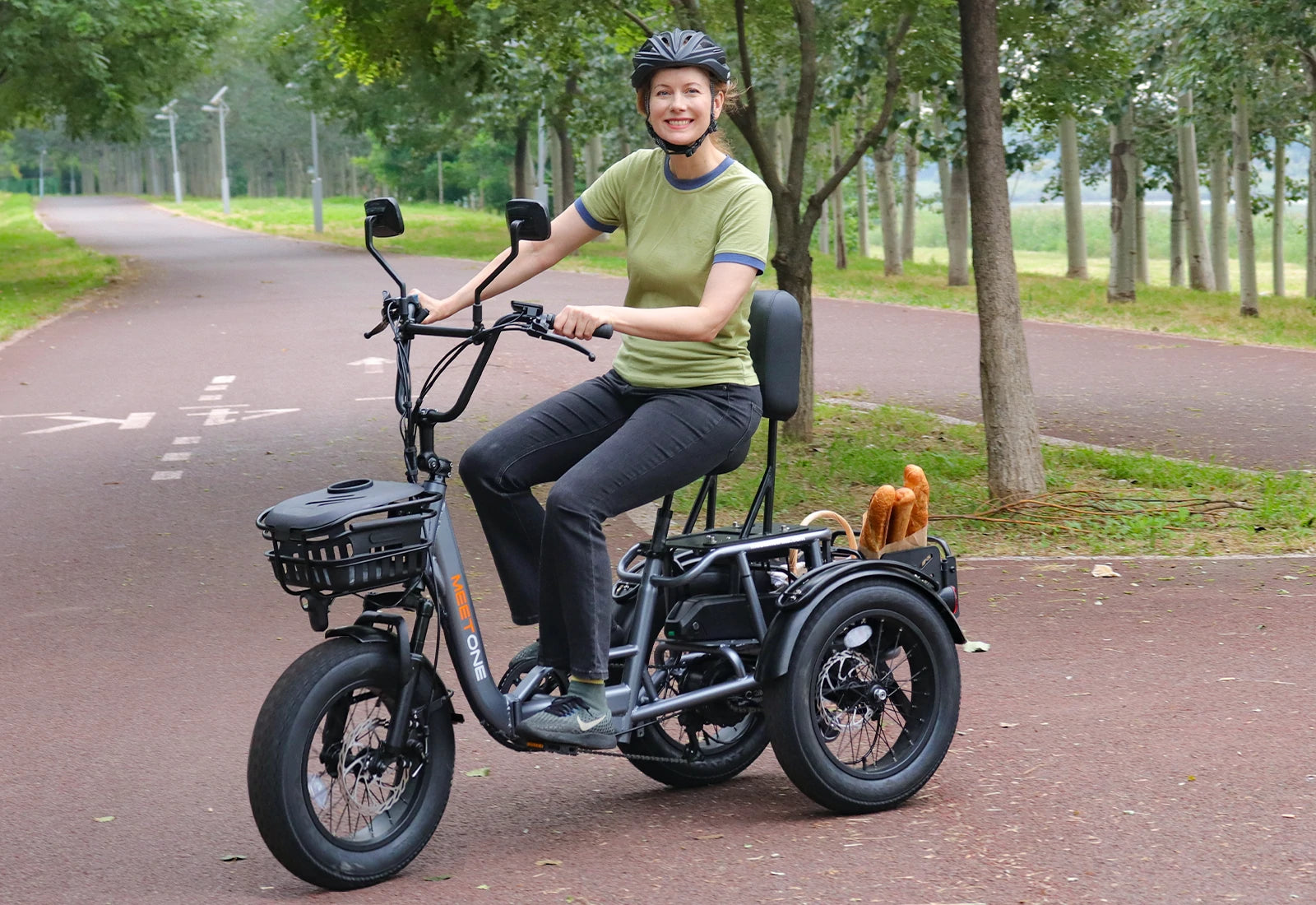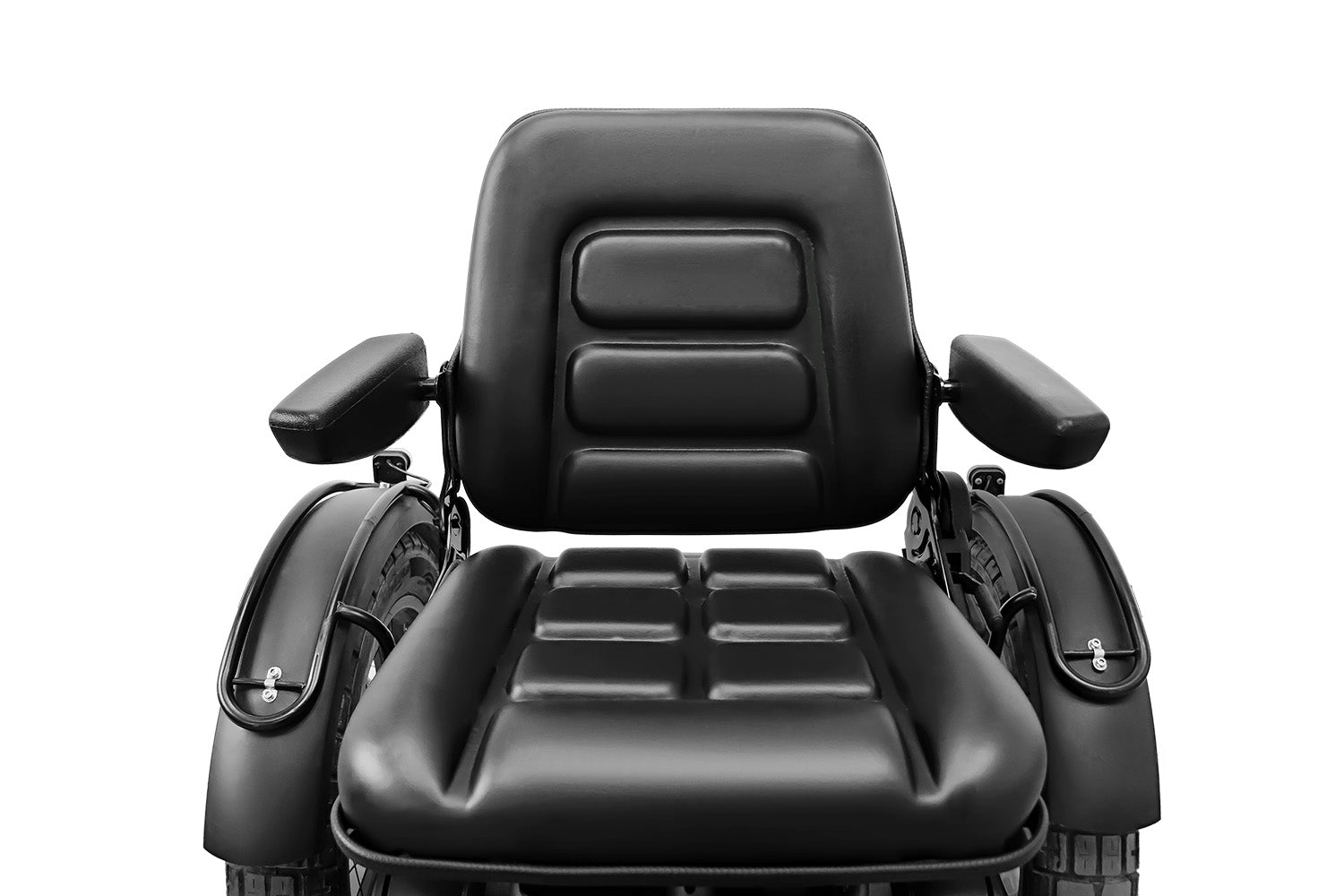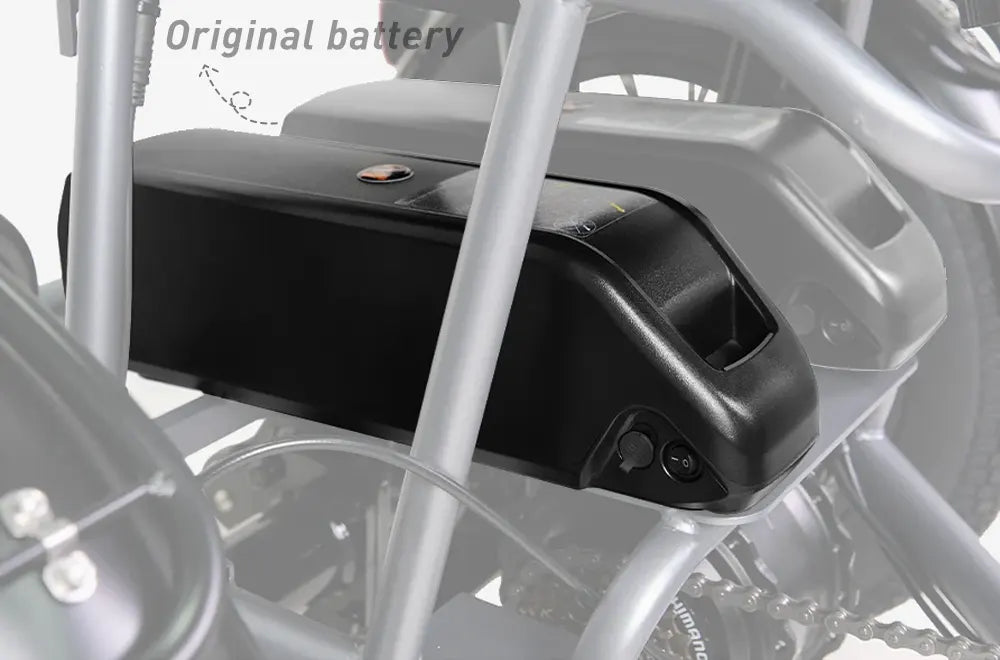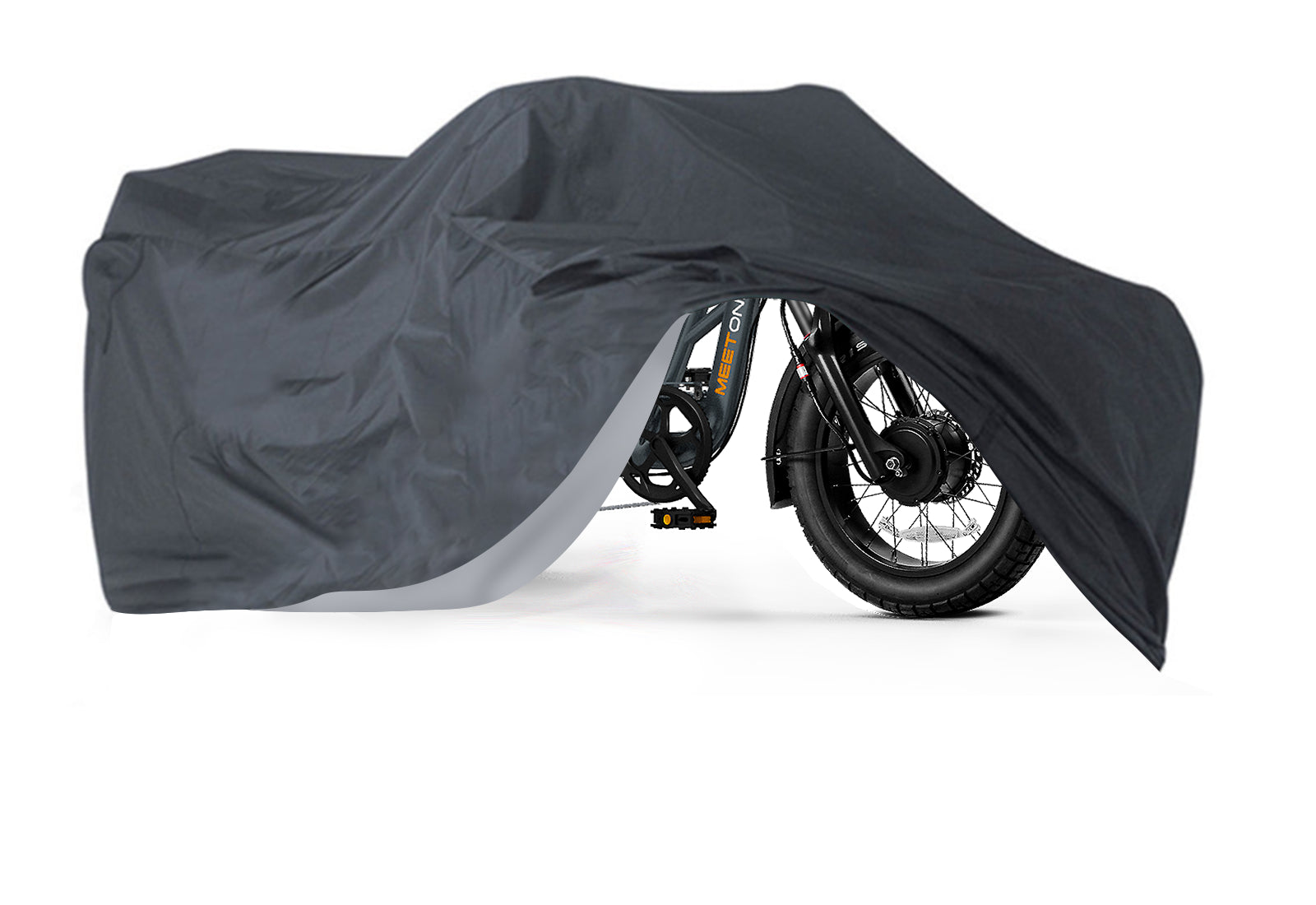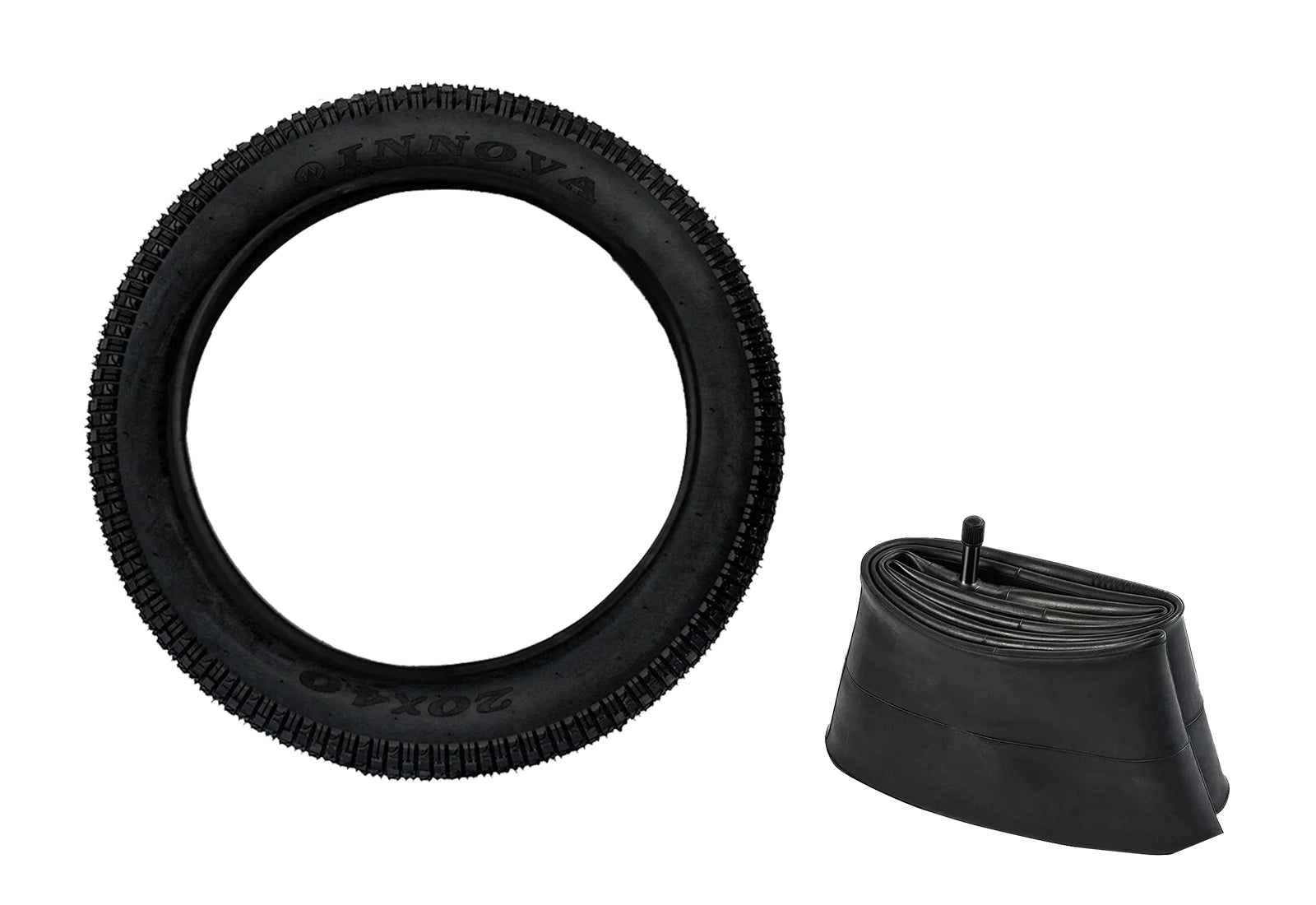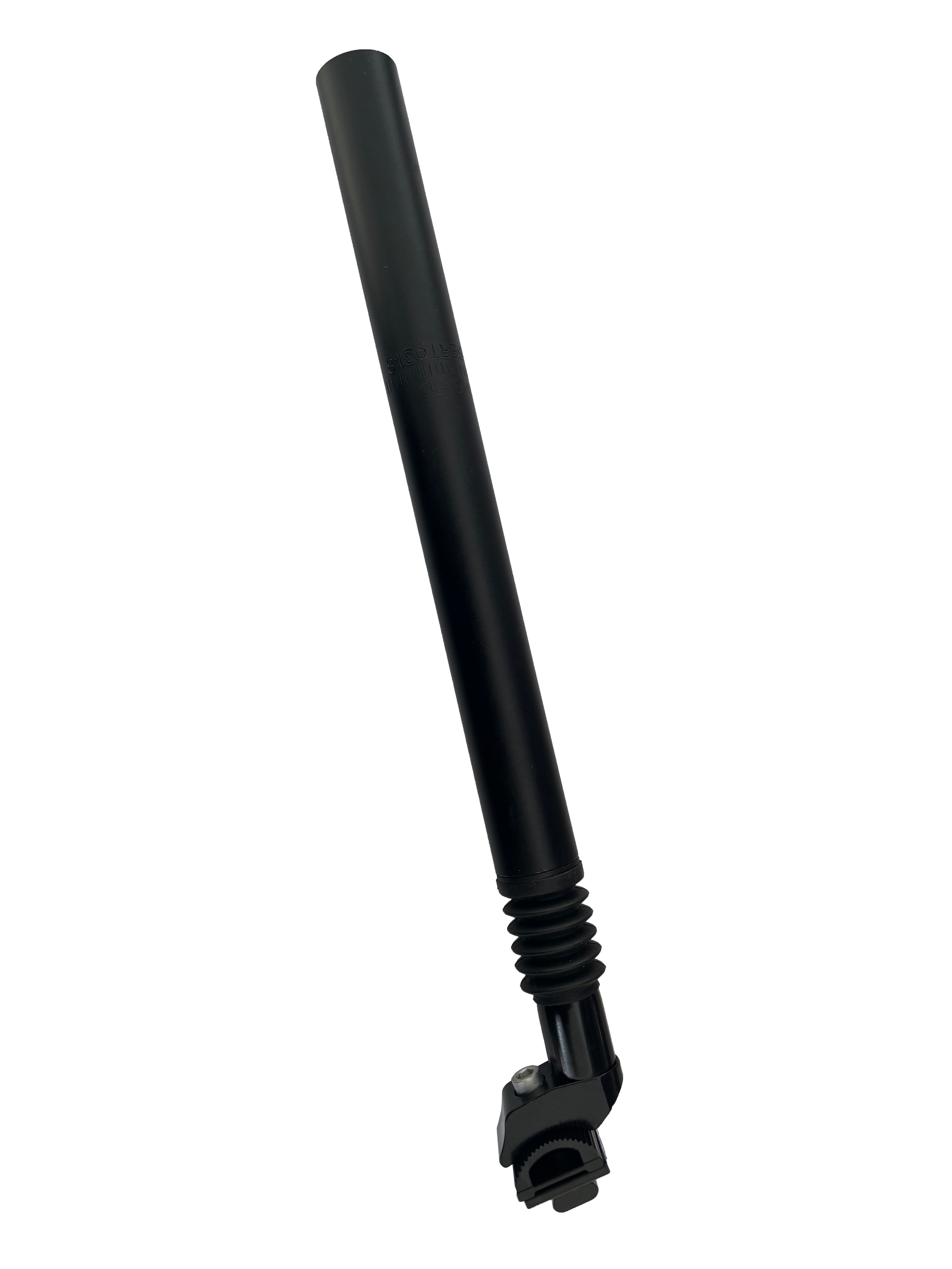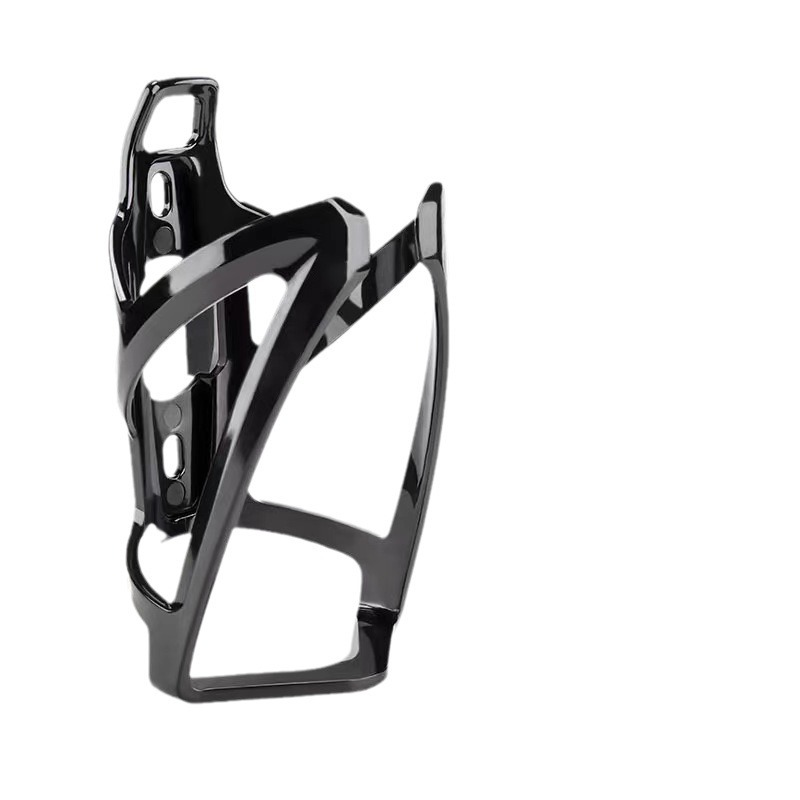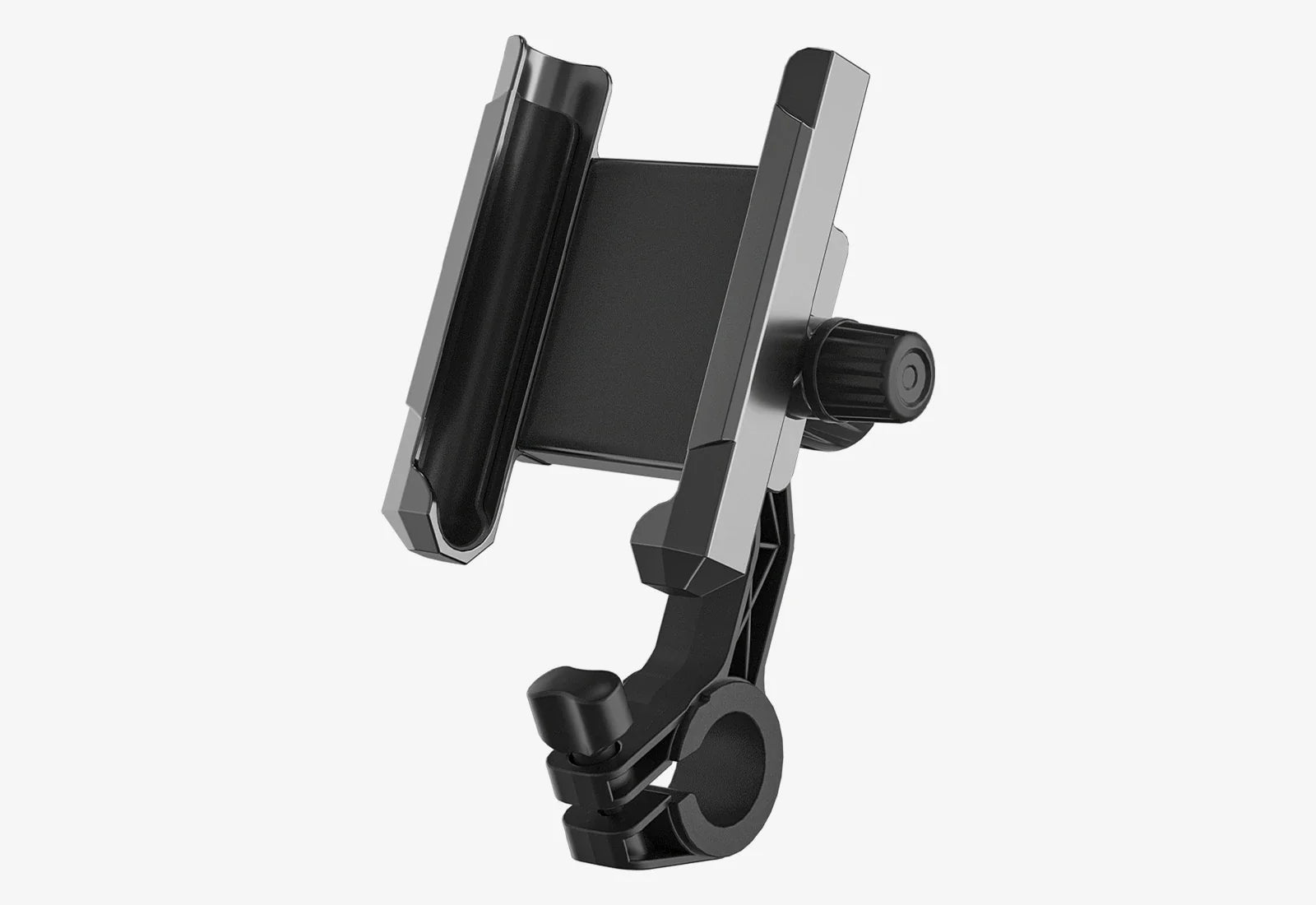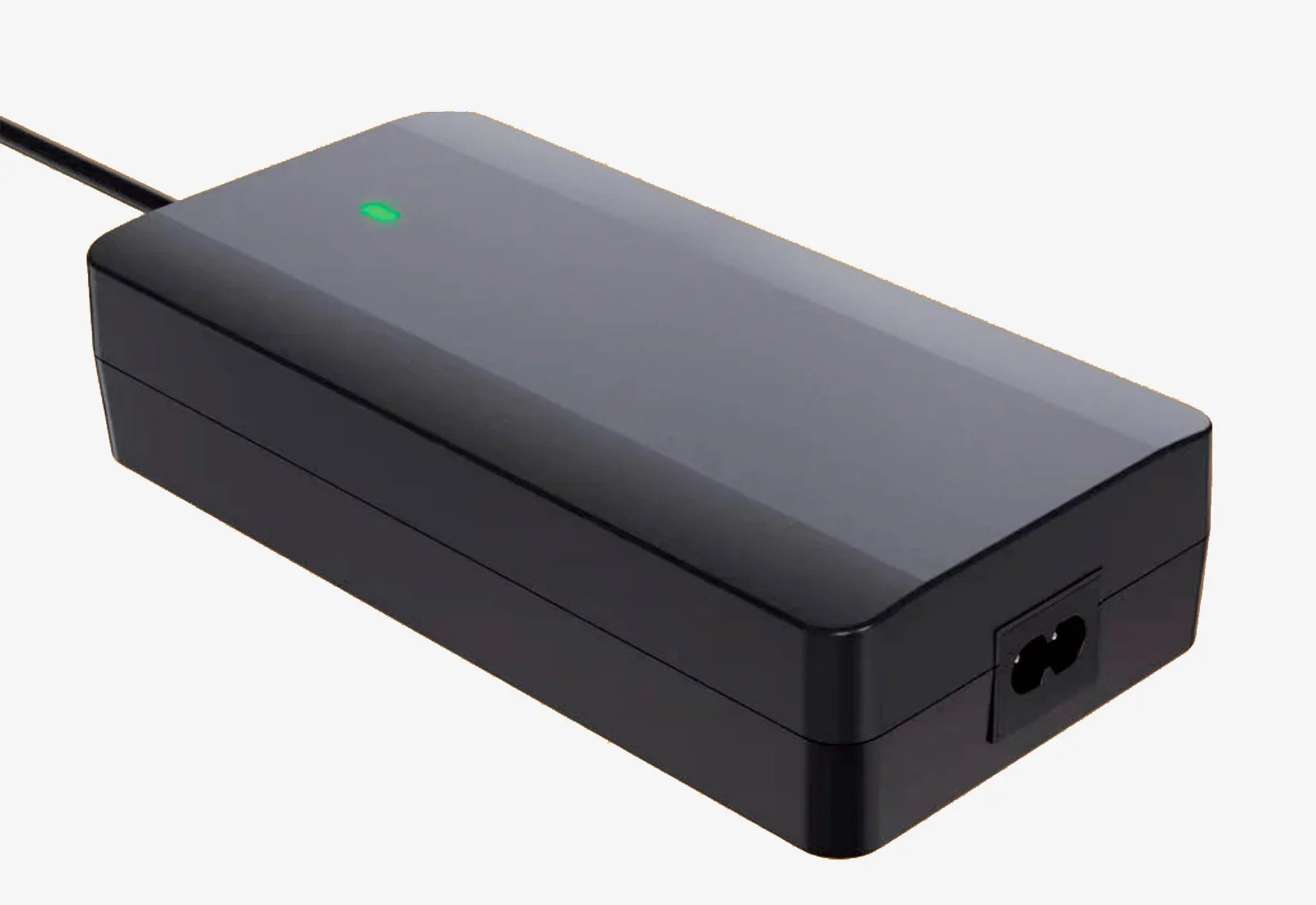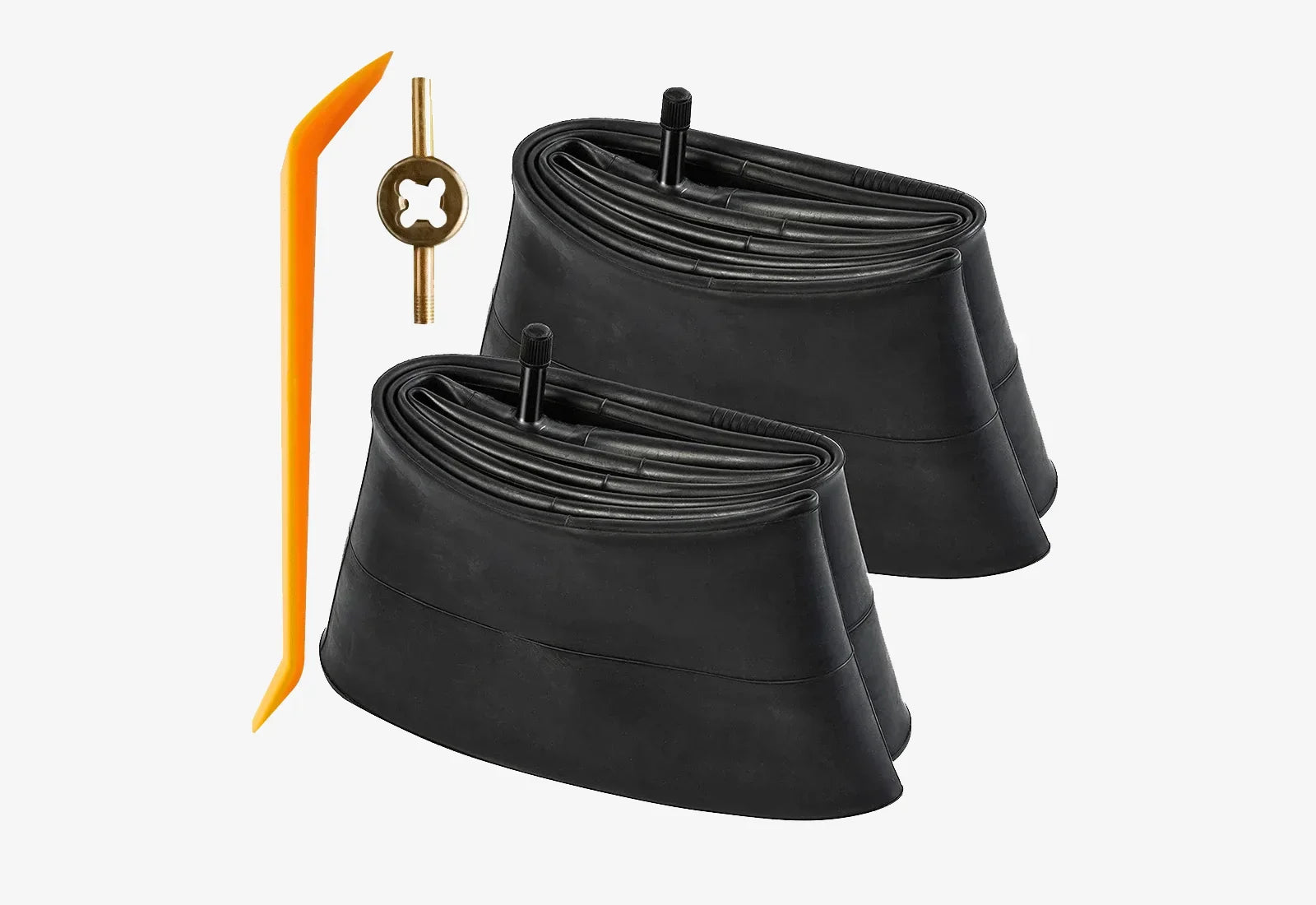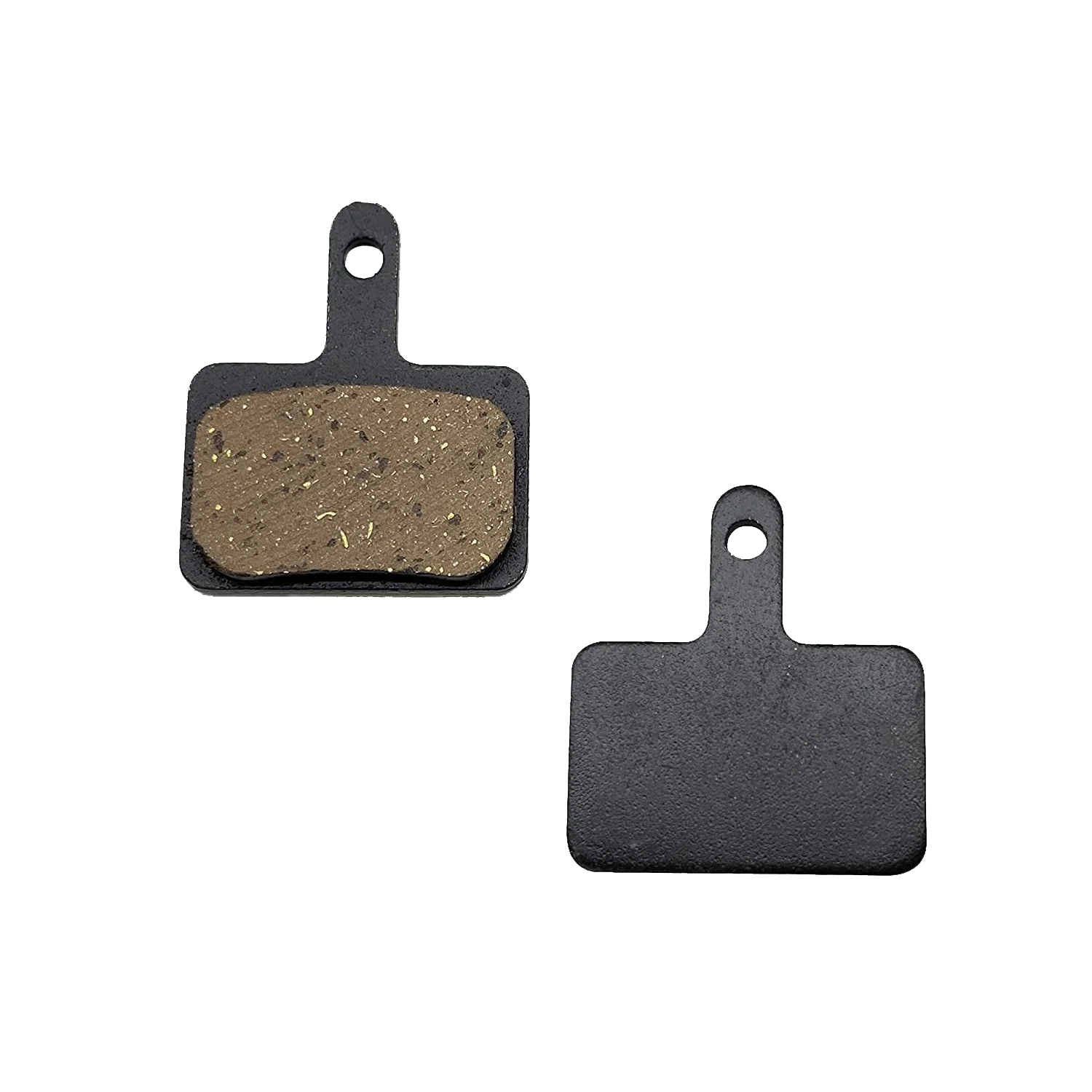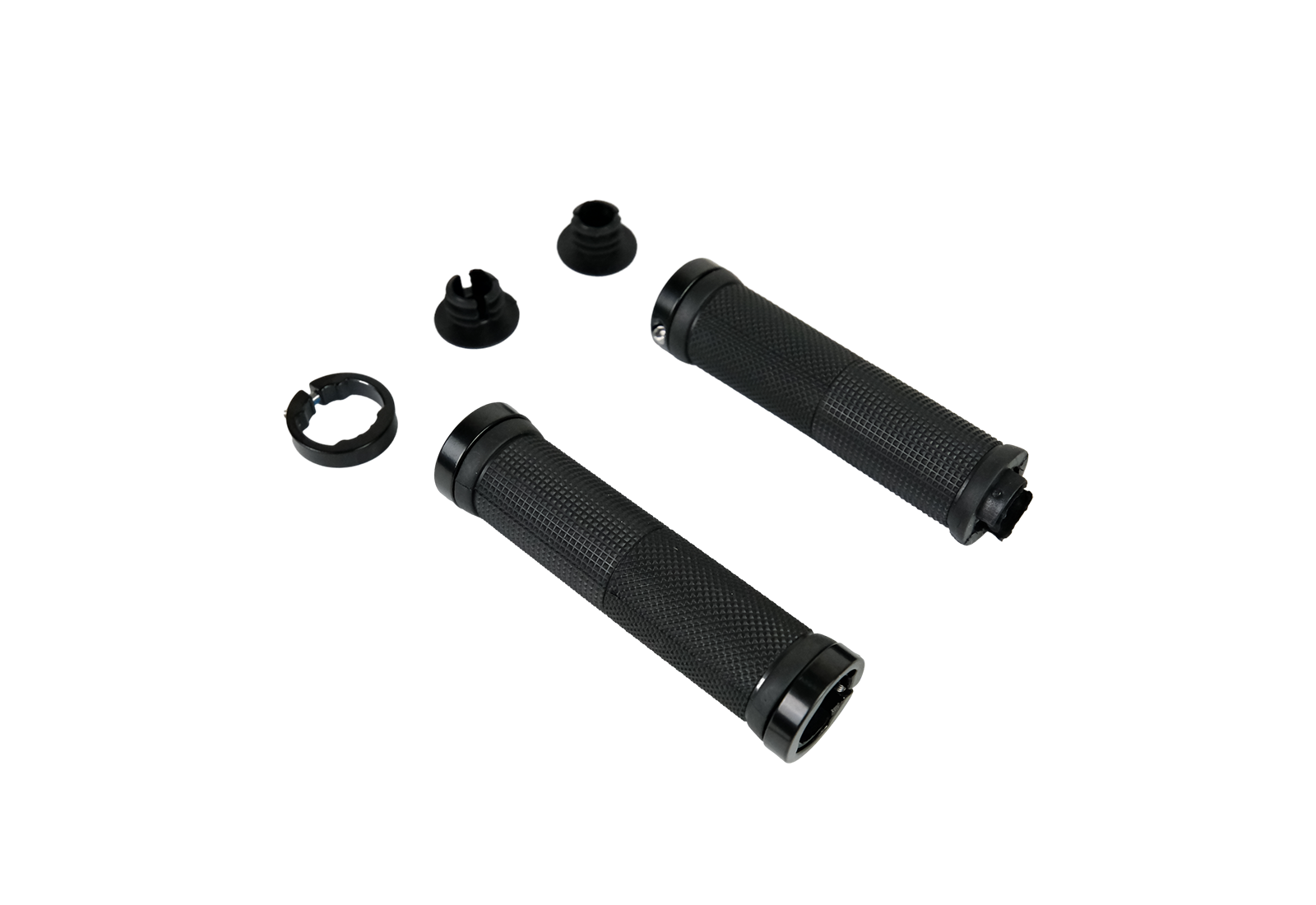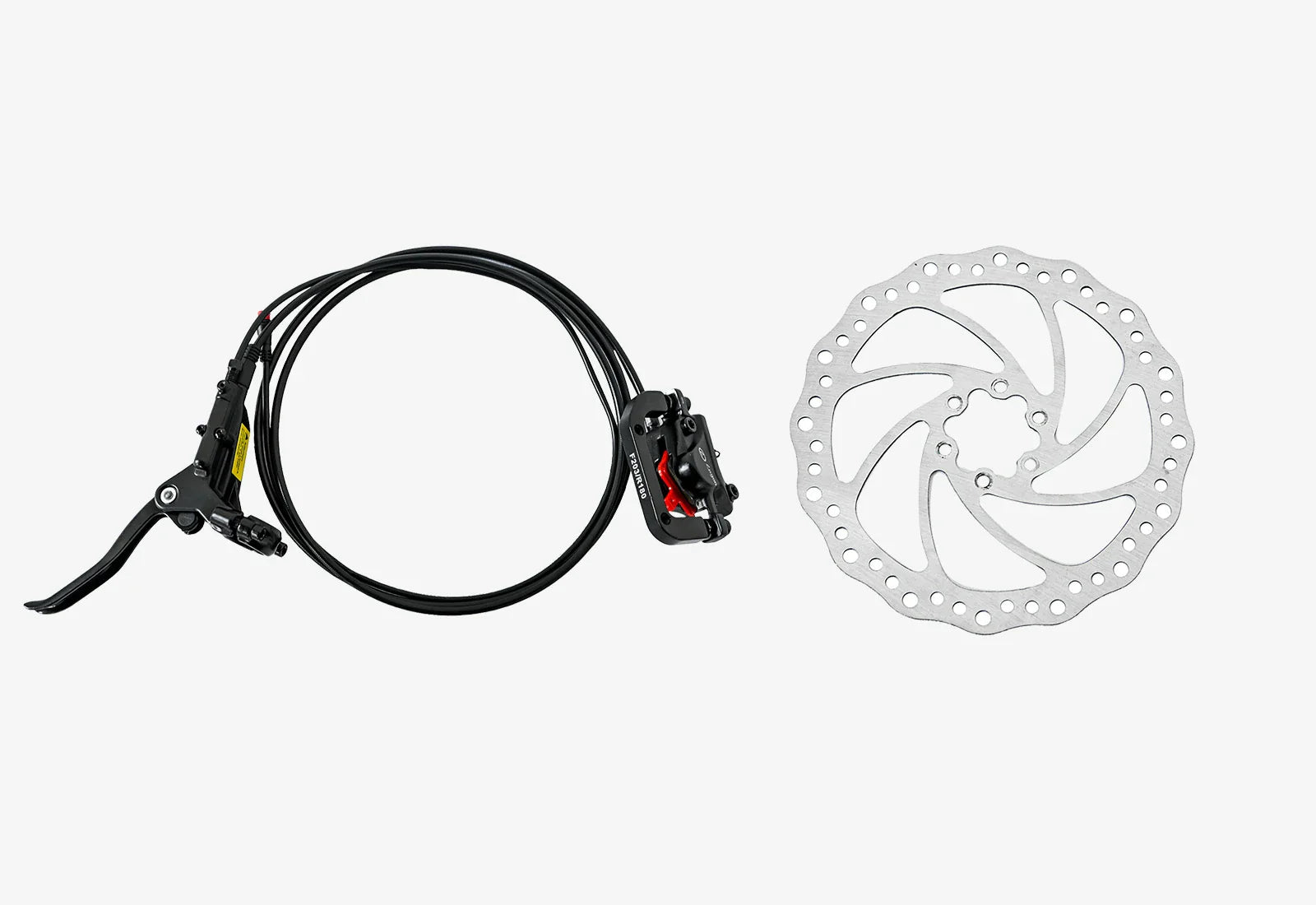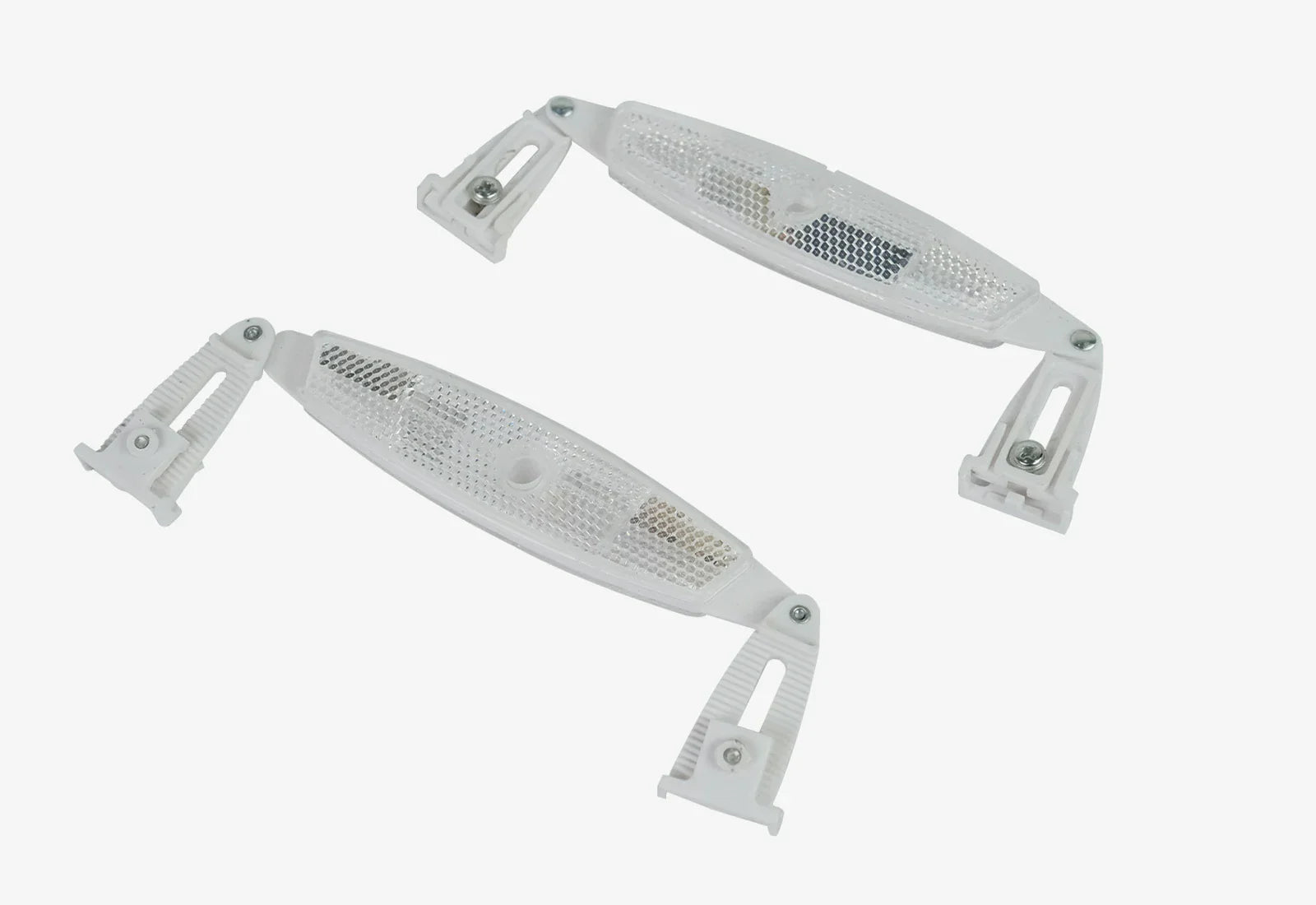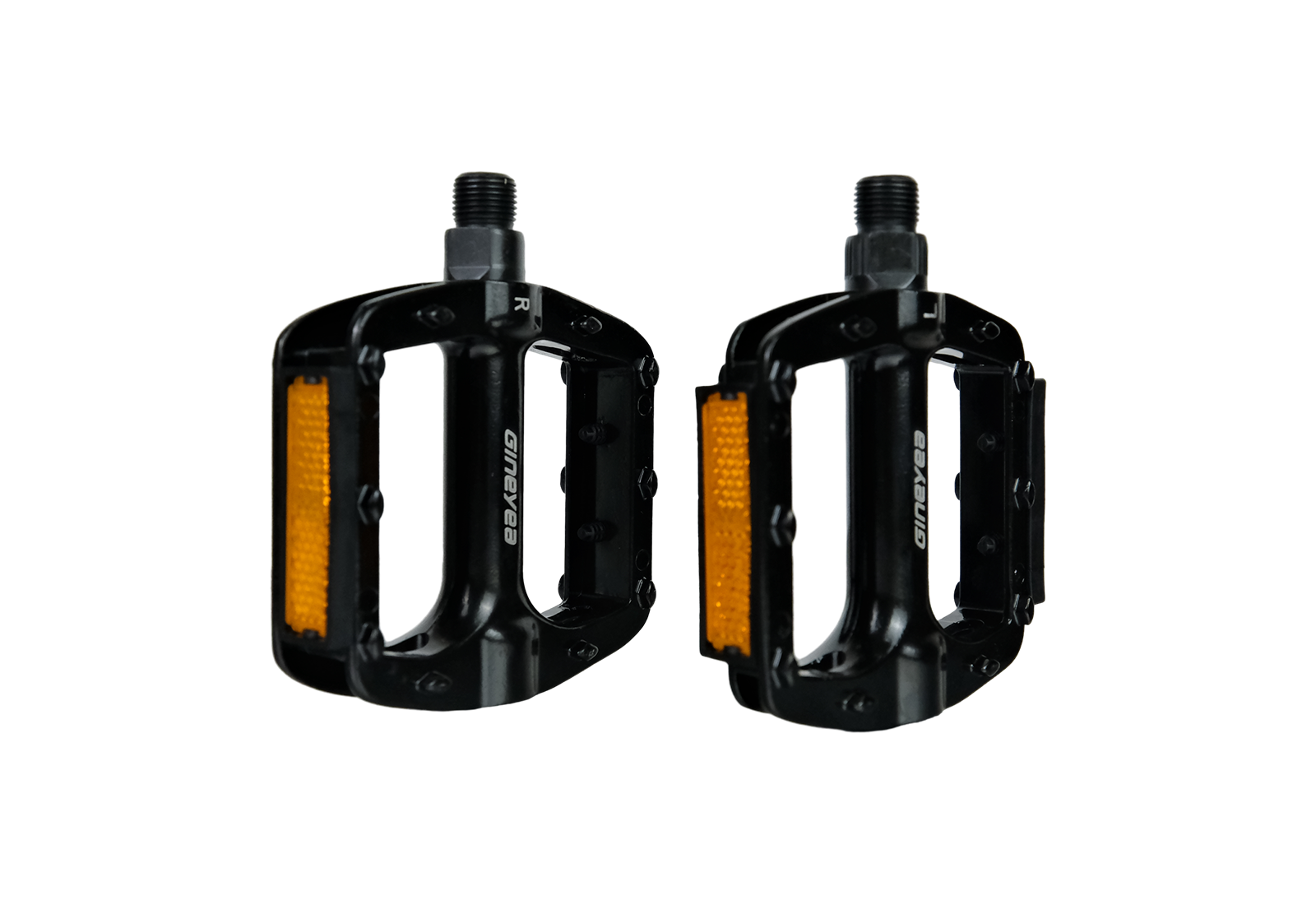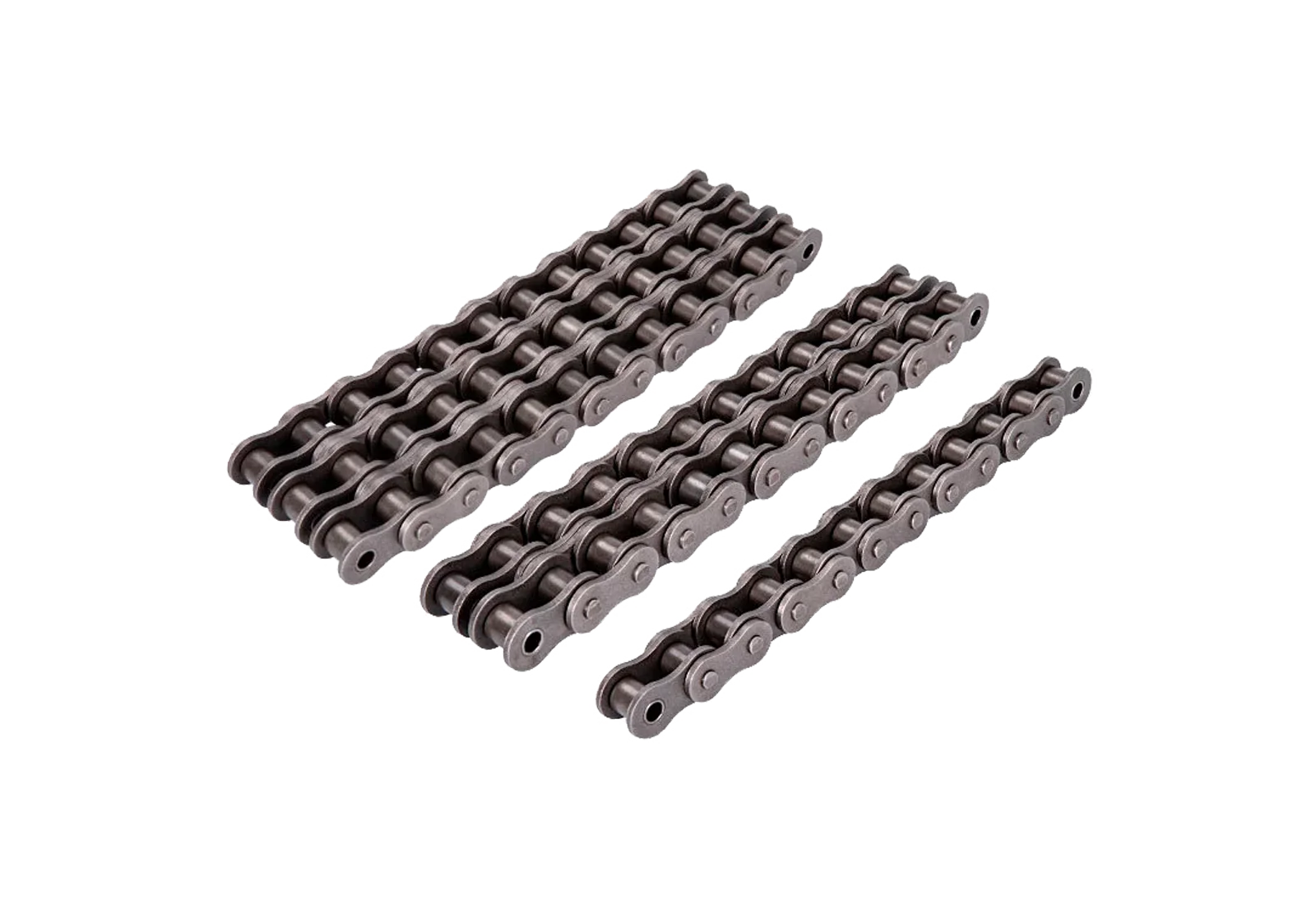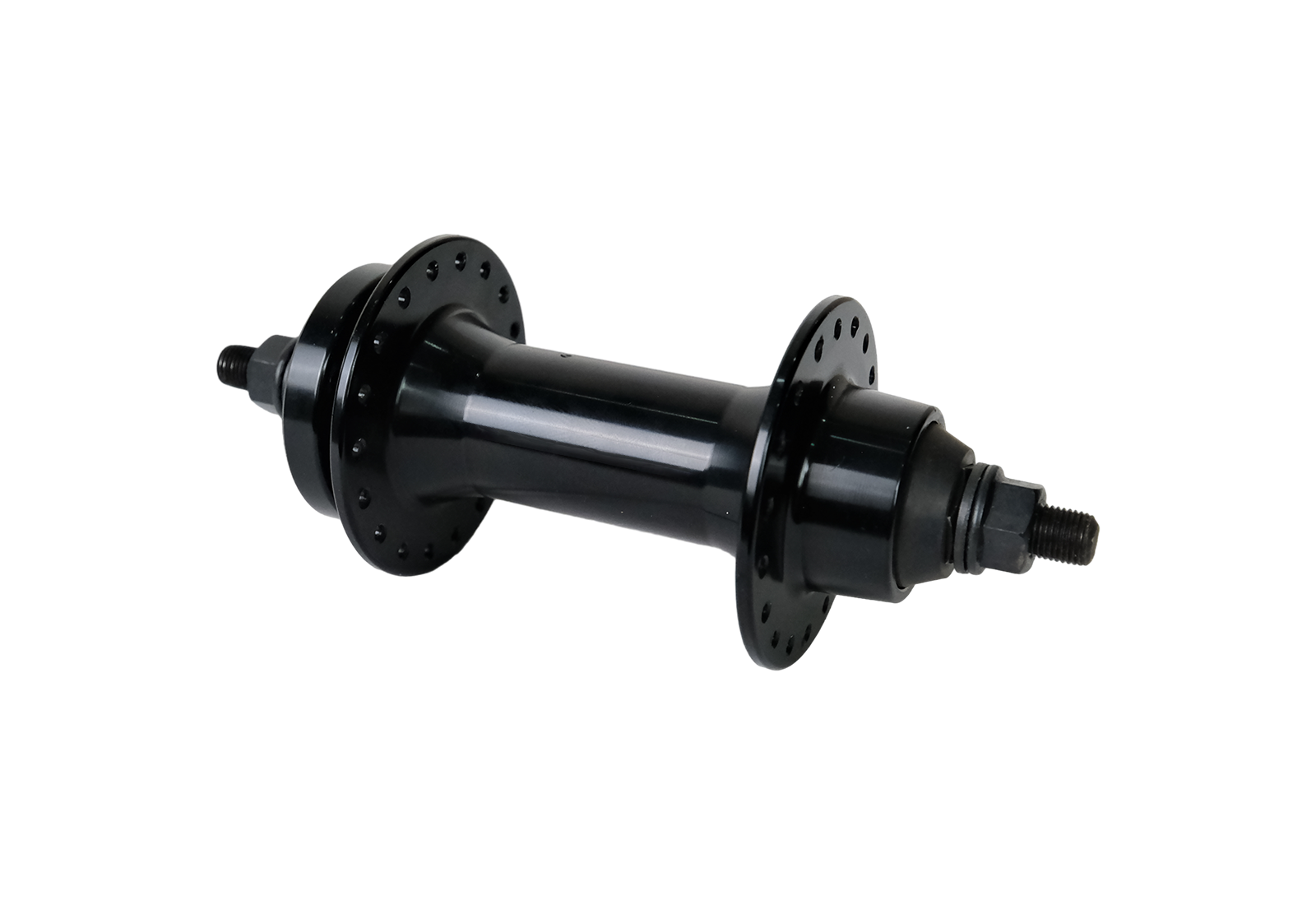
Why Recumbent Trikes May Be a Bad Idea If You Have Arthritis
I’ve seen a lot of people with arthritis get excited about recumbent trikes — and I get it. They look super comfortable, the low seat feels stable, and the laid-back position seems easy on the joints. But after talking with countless riders and watching people try them out in real life, I’ve realized something: they’re not always as arthritis-friendly as they seem.
If you've got limited mobility in your knees, hips, or hands, some of these “comfortable” designs can actually work against you. Here's what most people don't realize until they try one — and why it might be worth rethinking that recumbent.
The Appeal of Recumbent Trikes — and the Hidden Catch
Recumbent trikes look like the perfect setup — you’re leaned back, low to the ground, and it all seems super stable and relaxing. And for some people, that’s true.
But if you’ve got arthritis in your knees, hips, or hands, that low seat can turn into a real issue. Getting in and out of a recumbent trike means bending your joints more than you might be comfortable with — and you often have to push yourself up from almost ground level. That’s not easy when your mobility is limited, and for some riders, it’s a dealbreaker.
What Actually Works for Arthritic Riders
Over time, I’ve heard the same feedback again and again: recumbent trikes look great — until it’s time to get off them.
Sure, they ride smoothly, but if every ride starts and ends with a struggle, that “comfort” quickly loses its charm.
That’s where semi-recumbent trikes come into play. The pedals are still out front (so your legs aren’t jammed underneath you), but the seat sits higher — usually at a height that’s easy to slide onto like a dining chair.
Even better, many have armrests or frame supports that help you push yourself up when you're ready to get off.
It’s a setup that still gives your joints a break while keeping things accessible.
👉 If you're looking for trikes designed specifically with comfort and accessibility in mind, Meet One Trike offers two great semi-recumbent models:
-
Tour – A powerful, full-suspension e-trike equipped with dual 750W motors, making it great for longer rides or steeper terrain. Its semi-recumbent frame and high-mounted saddle support easy mounting and dismounting. It also supports an optional upgraded seat with armrests, ideal for riders who need more stability when getting up.
Torque: 180 Nm | Max Speed: 25 MPH | Range: up to 130 miles -
Tour Lite – A lighter, more efficient version with a single rear motor, but it shares the same accessible semi-recumbent geometry and comfort-first design. It’s also compatible with the upgraded saddle + armrest combo, offering solid support for riders with hip, knee, or hand issues.
Torque: 90 Nm | Max Speed: 22 MPH | Range: up to 110 miles
Both models are equipped with features that matter: reverse mode for backing up safely, super large saddles and high backrests, and 180mm hydraulic brakes for confident stopping — all thoughtfully designed with limited mobility in mind.
Stability Without Sacrifice
A lot of people with arthritis worry about balance — understandably so. It’s one of the main reasons trikes are so appealing. But the good news is, you don’t need to go full-recumbent to feel stable.
Semi-recumbent electric trikes strike a smart balance between comfort and control. Thanks to a longer frame design and a lower center of gravity compared to upright trikes, these models offer significantly better stability — especially at lower speeds or when stopping.
Many also feature a widened rear axle, which adds side-to-side support and reduces the chances of tipping during turns. Combined with wide tires for more grip and cushioning, and a low step-through frame that makes getting on and off easier, the entire setup is built to inspire confidence — even if you’re dealing with joint pain or limited mobility.
This isn’t just a comfort upgrade — it’s a stability upgrade. For arthritis-friendly riding, semi-recumbent trikes deliver a grounded, steady experience without forcing you into an ultra-low seating position.
Final Thoughts
Recumbent trikes can look like the answer — until you realize just how low they sit. If arthritis makes it hard for you to rise from low chairs or cars, a recumbent trike will probably feel just as tricky.
Instead of going for looks or assumptions, choose something that actually fits your body and abilities. A semi-recumbent trike might not seem as “relaxed” at first glance, but it’ll be the one you actually want to ride. And that’s what matters most.
Because at the end of the day, the best trike isn’t the flashiest — it’s the one that keeps you moving, comfortably and confidently.
Looking for an e-trike that’s easy on the joints?
✅ Try our arthritis-friendly electric trikes built for real comfort and easy access.
